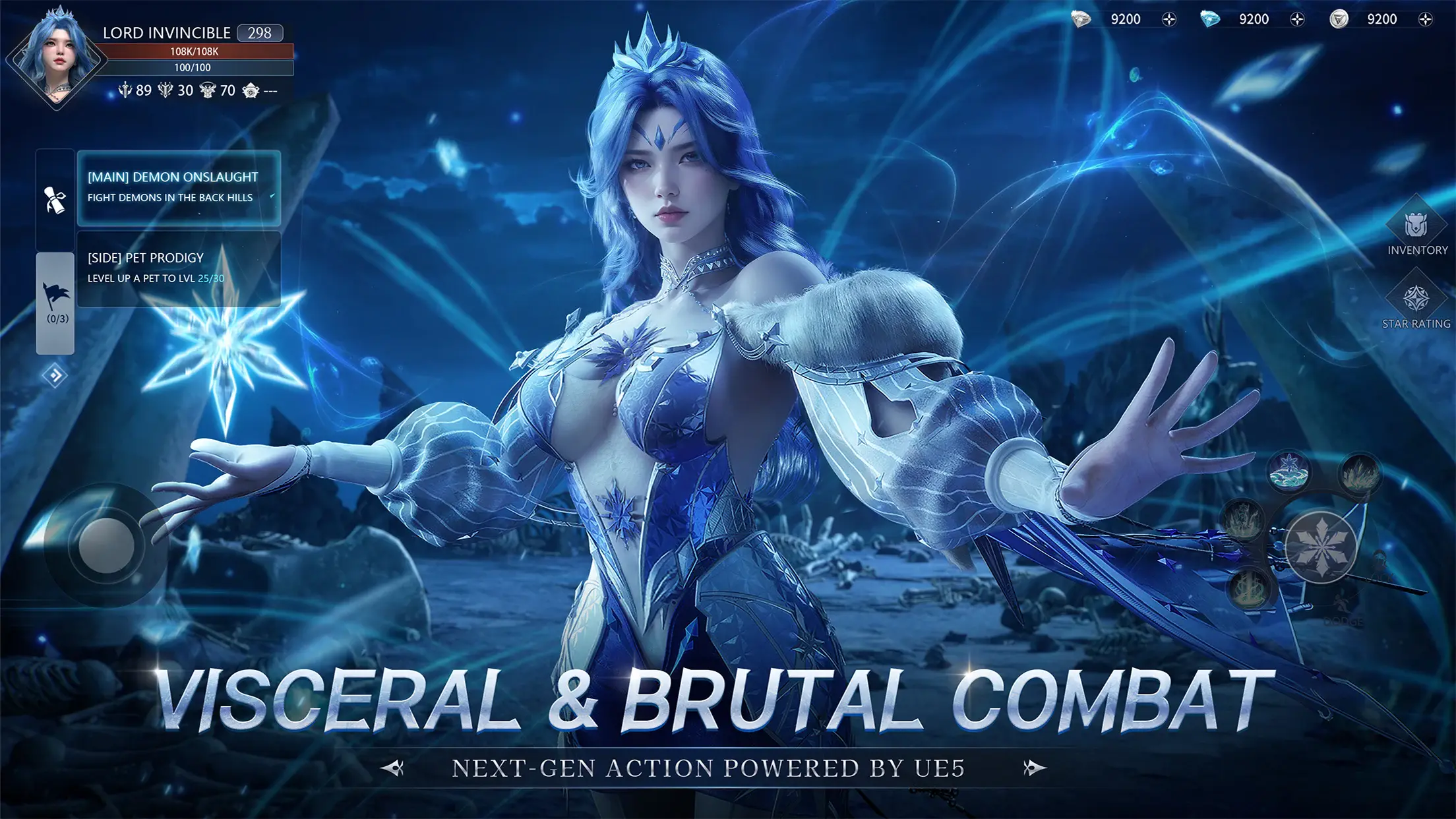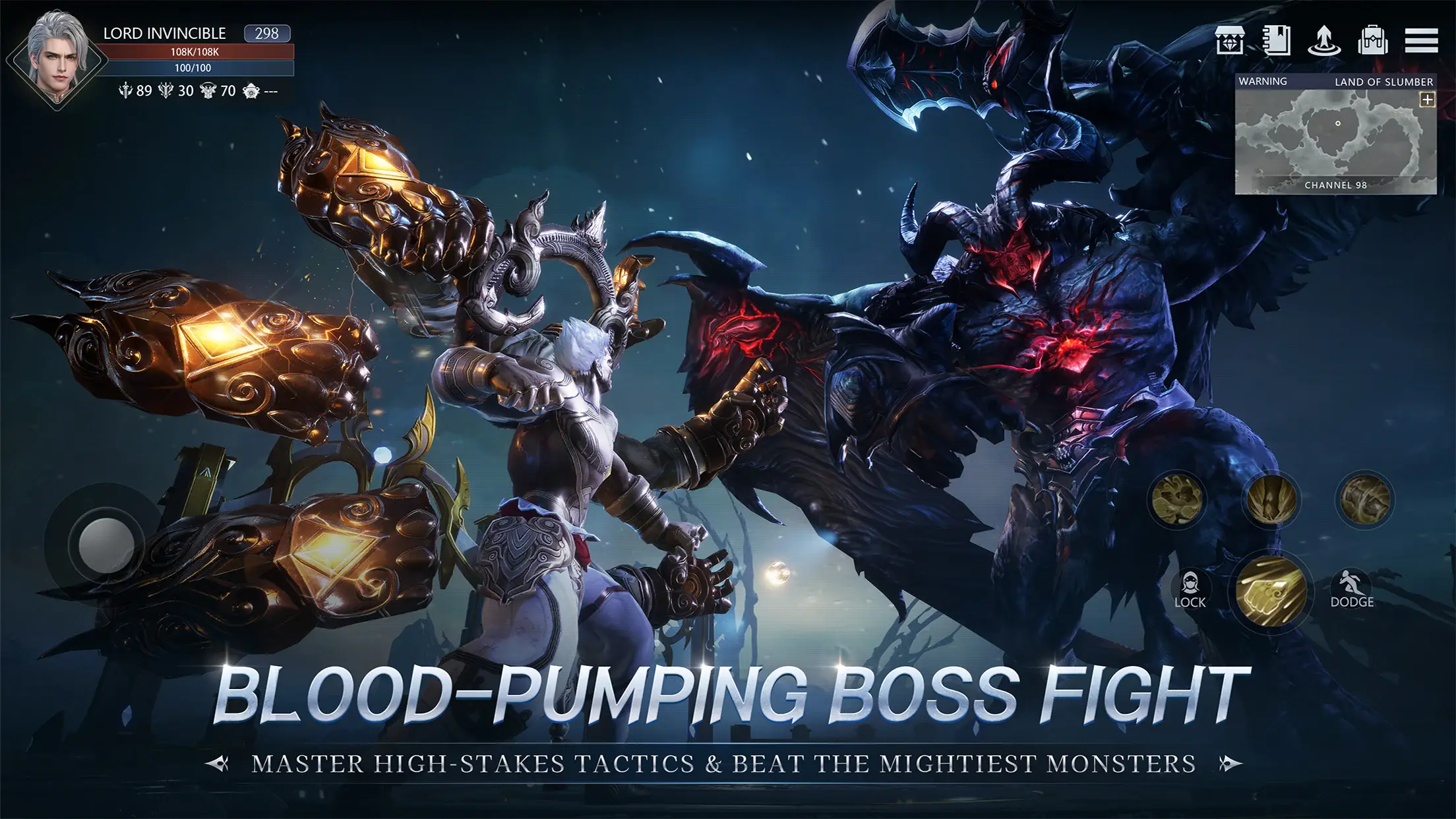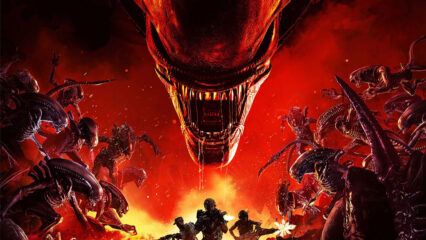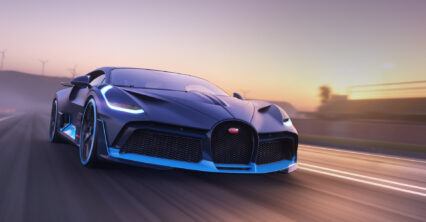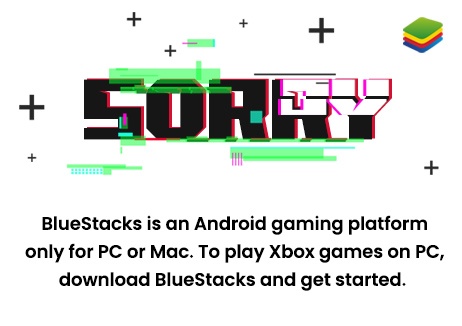Abyss Chosen Heirs Boss Fight Strategy Guide

Boss fights in Abyss: Chosen Heirs are more than just end-of-stage roadblocks—they’re the true test of your team’s strength, synergy, and adaptability. These encounters demand far more than brute force. Each boss presents unique mechanics, punishing patterns, and critical phases that require thoughtful preparation and precise execution.
Whether you’re facing a story chapter boss, tackling elite dungeon guardians, or entering high-level raid battles, success comes down to how well you understand the fight, your heroes’ roles, and how you respond to danger. This guide walks you through the universal strategies needed to conquer boss content in Abyss: Chosen Heirs—from team-building and gear choices to timing your ultimates and reading enemy behavior.
If you’re struggling to survive late-game bosses or simply want to optimize your clears, this guide will give you the solid foundation needed to take on every major threat the abyss throws your way. Got questions about guilds, gaming, or our product? Join our Discord for discussions and support!

Understanding Boss Mechanics
Each boss in Abyss: Chosen Heirs follows a unique set of phases, attack patterns, and special skills. While specific boss names and stats may vary by dungeon or chapter, all bosses in the game generally fall into one of these categories:
Burst Damage Bosses
- Launch devastating AoE or single-target skills at regular intervals
- Often have a “rage” phase at low HP
- Tactic: Time your invulnerability or healing cooldowns to coincide with the boss’s big burst skill
Summoner Bosses
- Spawn minions during the fight
- May become invulnerable until adds are cleared
- Tactic: Use AoE-heavy DPS and crowd control to handle waves quickly
Debuff/Control Bosses
- Inflict stun, freeze, burn, or defense debuffs
- Control-based bosses often punish clustered teams
- Tactic: Equip cleanse/support units and avoid bunching characters close together
Bosses telegraph their skills via cast animations or ground markers. Learn to read these signs and reposition accordingly.

Optimal Team Composition
Success in boss fights heavily depends on forming a balanced and well-synergized team. A generic but effective structure includes:
- Main DPS: Your highest damage-dealing hero. Preferably with AoE or burst skills.
- Secondary DPS / Off-tank: A fighter that can deal consistent damage or soak moderate hits.
- Support / Healer: Vital for cleansing debuffs and sustaining your frontline.
- Crowd Control: Optional, but helps immensely against add-spawning bosses.
- Tank (for raid or elite bosses): A high-HP, high-DEF unit to soak damage and hold aggro.
Tips for Team Setup
- Choose damage types that bypass or counter boss resistances (e.g., bleed against high DEF bosses)
- Use debuffers that apply DEF Down or Attack Down to weaken boss output
- Keep revivers or backup healers ready for longer fights
Gear and Stat Priorities
Before entering any major boss fight, it’s essential to gear your characters properly. Even a top-tier hero won’t survive long if they’re undergeared.
Key Stat Focus by Role:
- DPS: Crit Rate, Crit DMG, ATK%, Speed
- Tank: HP%, DEF%, Resistance
- Healer: Healing Bonus, Speed, HP%, Accuracy (for debuff cleanse)
- Control: Accuracy, Speed, HP%
Gear Recommendations
- Equip sets that enhance survivability or burst, such as:
- Lifesteal Set (for self-sustain DPS)
- Defense Set (for frontliners)
- Speed Set (for supports and debuffers)
- Rage Set (for burst DPS)
- Always enhance gear before taking on higher-difficulty bosses

Boss Fight Tactics and Tips
1. Learn the Boss Patterns
All major bosses have predictable attack sequences. Most follow a loop of:
- Auto-attacks
- Mid-skill (AoE or summon)
- Ultimate / Phase shift (after reaching 50% or 30% HP)
Learn this rhythm. Use damage reduction skills or invincibility buffs during ultimate casts.
2. Save Ultimates for Key Phases
Don’t blow your full skill bar right away. Time your strongest abilities for when:
- The boss summons adds
- A shield needs to be broken
- The boss enters rage mode
3. Target Weaknesses
Many bosses have visible elemental or class weaknesses. For example:
- A fire boss may be vulnerable to water or frost attacks
- A heavily armored boss might crumble under magic penetration or true damage
Build your team around elemental counters for smoother victories.
4. Positioning is Key
In fights where AoE zones appear, manually move your heroes to safe zones when needed. If manual movement isn’t available, use units with evasion, shields, or ranged skills to reduce exposure.

Multiplayer and Raid Boss Strategy
For raid-style bosses or co-op elite encounters:
- Assign clear roles: One player tanks, another heals, others focus damage
- Watch for telegraphs: Bosses in raids often have long windups. Prepare team-wide heals or defensive cooldowns
- Coordinate Ultimates: Stack ultimates during shield break or DPS phase
- Don’t all stand in the same spot: Spread out to avoid full-party wipes from AoE

The most challenging content in Abyss: Chosen Heirs is also the most rewarding—and with the right approach, it’s absolutely conquerable. Boss fights are where theory meets action: where character builds, skill timing, and decision-making are tested in real time. By building balanced teams, studying boss mechanics, and optimizing your positioning and gear, you’ll transform each encounter from a wipe-fest into a flawless victory.
Remember: no fight is unwinnable. The key lies in preparation, observation, and the ability to adapt. Master those, and even the most fearsome abyssal bosses will fall before your squad. Enjoy playing Abyss: Chosen Heirs on PC or laptop with BlueStacks!


